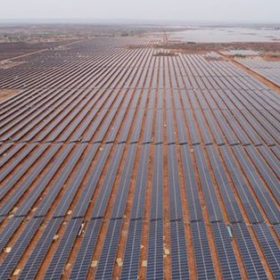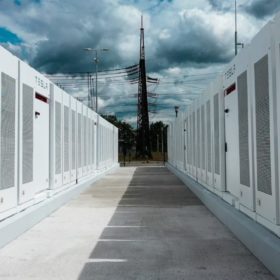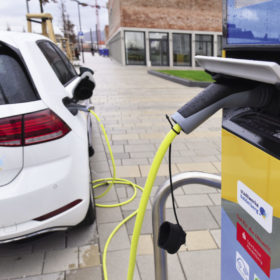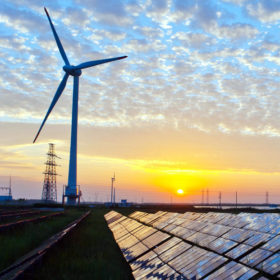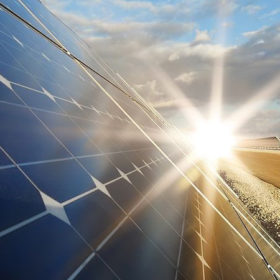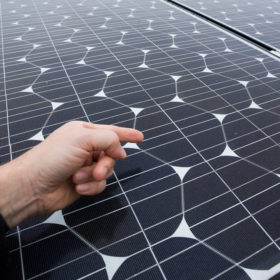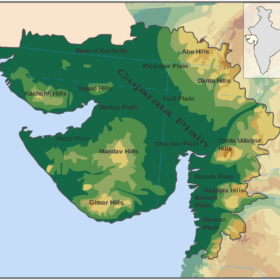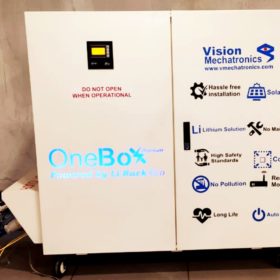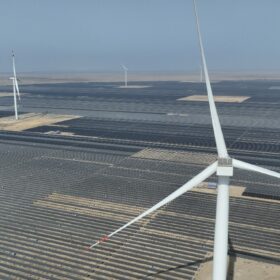India Ratings maintains stable outlook on solar sector for FY2020-21
Contracted revenue, minimal volume risk and moderate-to-strong counterparties mitigate cash flow concerns in solar assets.
Investment opportunities in India’s solar sector
India, with 750 GW of solar potential, has also one of the highest transmission and distribution losses in the world. So, while there is immense scope in PV deployment, there is a need for greater investment in grid related projects also to help the country best utilise its renewable energy potential, says the latest report by SolarPower Europe and National Solar Energy Federation of India (NSEFI) which also makes recommendations to help accelerate investments in the solar sector.
Evaluating battery chemistries for grid-level storage
Researchers in China have ranked some of the most commonly used battery chemistries according to parameters deemed important for grid-level storage. The team gave a score in each category and determined a winner – and it wasn’t lithium-ion.
Tata Power to set up EV infrastructure for Jaguar Land Rover
Tata Power will install a range of AC and DC chargers, starting from 7 kW to 50 kW capacity, for Jaguar Land Rover’s electric vehicles to be launched in India.
Sweden and India launch a multi-million dollar programme on Smart Grids
The programme—co-funded by Swedish Energy Agency and India’s Department of Science & Technology (DST)—aims to develop technologies that can be commercialized after two years. While SEA has committed US$2.6 million over four years for research and innovation collaboration with India, DST will also fund a matching investment of Rs 18 crore to support Indian partners.
Larsen & Toubro bags 50 MW solar project in Tamil Nadu
Following a 20 MW floating solar project in Uttar Pradesh last month, Larsen & Toubro has won an order to design and construct a 50 MW solar plant in Tamil Nadu.
CEL tenders 3 MWp of multicrystalline solar modules
Bids are invited for supply of multi-crystalline solar modules, with peak power output of minimum 325 Wp each, to different substations in various districts of Maharashtra and Uttar Pradesh. Bidding closes on March 5.
Rooftop solar leader Gujarat gets maximum central financial support for RE generation
With Rs 118.27 crore in the current financial till February 10, Gujarat is way ahead among all states and union territories in getting the central financial support for new and renewable energy generation.
Indian Oil will start field-testing metal-air battery for electric vehicles soon
A range of up to 600 km is possible when Lithium-ion batteries are combined with metal-air batteries that the fossil fuel giant intends to produce in India under a partnership with Israel based startup Phinergy.
A plug-and-play solar-powered battery back-up solution for the home
The OneBox, from Indian manufacturer Vision Mechatronics, consists of a lithium battery, hybrid inverter and solar charge controller to give a hassle-free solution for electricity back-up during power outages. Solar rooftop owners are offered a grid feed feature to maximize net metering income from any excess power generated.
